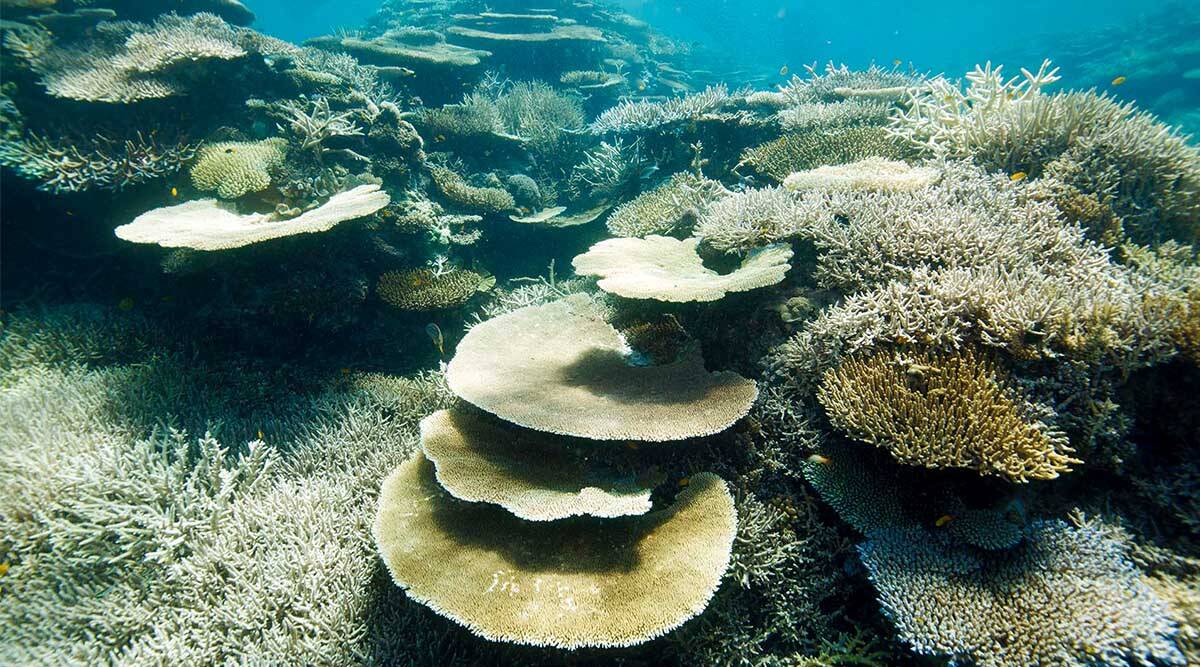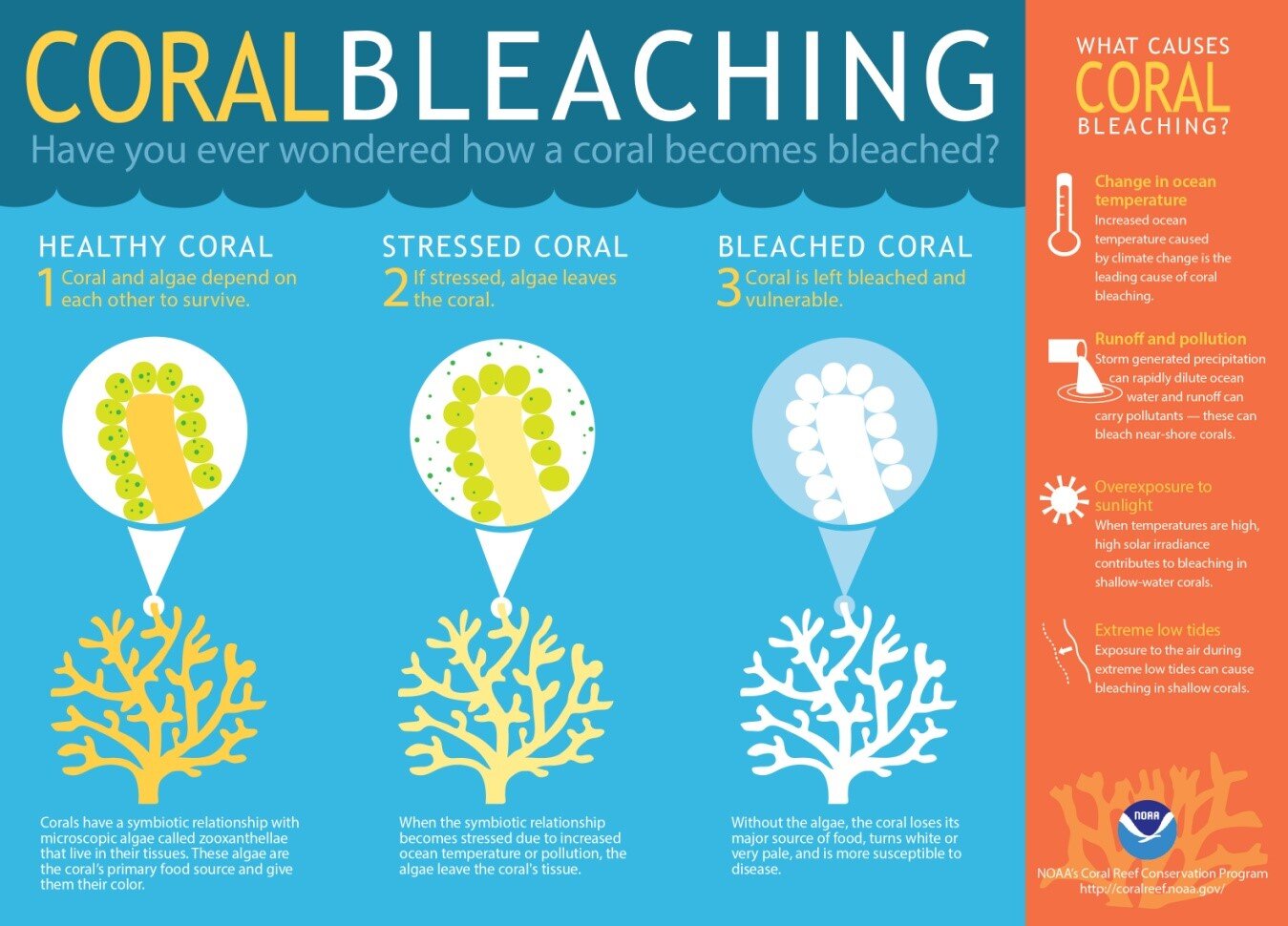Description

Copyright infringement not intended
Context: Scientists working on Australia’s Great Barrier Reef have successfully trialled a new method for freezing and storing coral larvae they say could eventually help rewild reefs threatened by climate change
Details:
- Cryogenically frozen coral can be stored and later reintroduced to the wild but the current process requires sophisticated equipment including lasers. Scientists say a new lightweight “cryomesh” can be manufactured cheaply and better preserves coral.
- In a December lab trial, the world’s first with Great Barrier Reef coral, scientists used the cryomesh to freeze coral larvae at the Australian Institute of Marine Sciences (AIMS). The coral had been collected from the reef for the trial, which coincided with the brief annual spawning window.
- The cryomesh was previously trialled on smaller and larger varities of Hawaiian corals. A trial on the larger variety failed.
- The mesh technology will help store coral larvae at -196C (-320.8°F).
- This new technology that we’ve got will allow us to do that at a scale that can actually help to support some of the aquaculture and restoration interventions

What are coral reefs?
- Corals are marine invertebrates or animals which do not possess a spine. They are the largest living structures on the planet.
- Each coral is called a polyp and thousands of such polyps live together to form a colony, which grow when polyps multiply to make copies of themselves.
- Corals are of two types — hard corals and soft corals.
- Hard corals extract calcium carbonate from seawater to build hard, white coral exoskeletons. Hard corals are in a way the engineers of reef ecosystems and measuring the extent of hard coral is a widely-accepted metric for measuring the condition of coral reefs.
- Soft corals attach themselves to such skeletons and older skeletons built by their ancestors. Soft corals also add their own skeletons to the hard structure over the years. These growing multiplying structures gradually form coral reefs.
- Australia’s Great Barrier Reef is the world’s largest reef system stretching across 2,300 km and having nearly 3,000 individual reefs. It hosts 400 different types of coral, gives shelter to 1,500 species of fish and 4,000 types of mollusc.
- Coral reefs support over 25% of marine biodiversity even as they take up only 1% of the seafloor. The marine life supported by reefs further fuels global fishing industries.
- Besides, coral reef systems generate $2.7 trillion in annual economic value through goods and service trade and tourism.
- In Australia, the Barrier Reef, in pre-COVID times, generated $4.6 billion annually through tourism and employed over 60,000 people including divers and guides.

Why are coral reefs important?
- Coral reefs are like underwater cities that support marine life.
- According to the UN Environment programme, they provide at least half a billion people around the world with food security and livelihoods.
- Coral reefs also act as ‘wave breaks’between the sea and the coastline and minimise the impact of sea erosion.
- In India, they are protected in the same way as the tiger or elephant, under Schedule I of the Wildlife Protection Act (WPA), 1972.

What poses a threat to coral reefs?
- Climate changeremains one of the biggest threats to corals.
- This threat has been visible in the “bleaching” of corals.
- Bleaching is a process during which corals, under stress from warm weather, expel the algae that give corals their brilliant colours and live in their tissues and produce their food.

- The Great Barrier Reef off the coast of Australia, a UNESCO World Heritage site and home to one of the largest collections of coral reefs on the planet, has suffered six mass bleaching events due to warmer than normal ocean temperatures: in 1998, 2002, 2006, 2016, 2017, and now 2020.
https://indianexpress.com/article/technology/science/great-barrier-reef-freeze-8333015/













